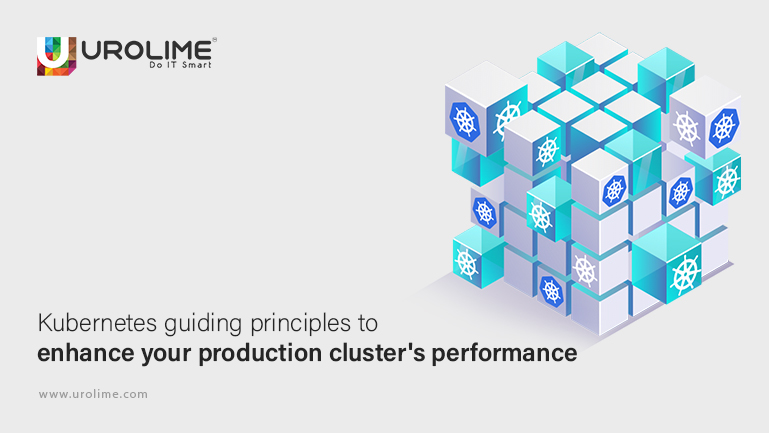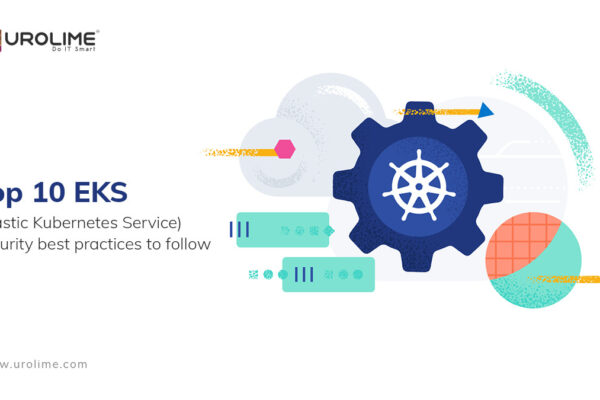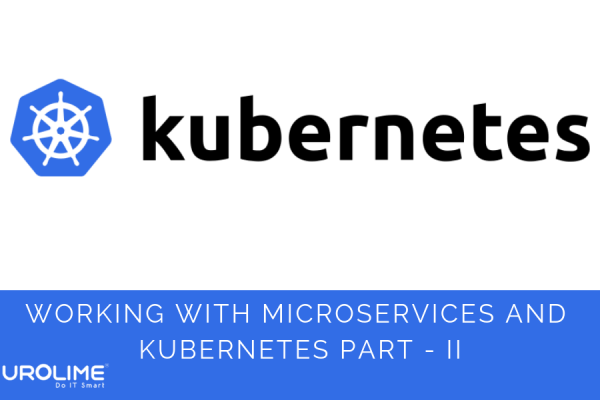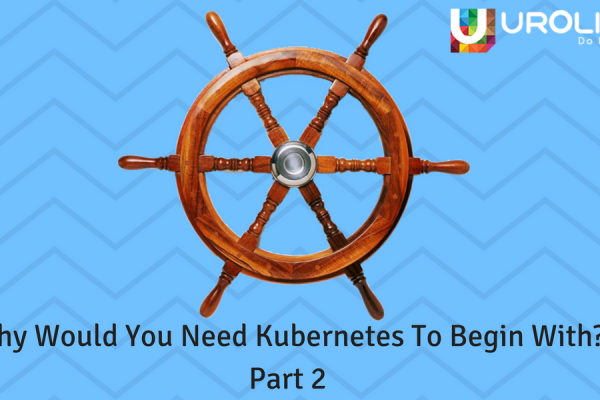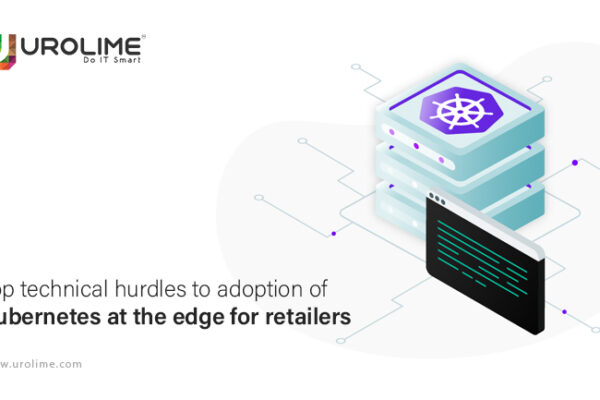According to a Forrester study, as a part of their IT transformation plan, ’65 percent of firms use container orchestration technologies. It means that Kubernetes will continue to gain popularity. The Kubernetes platform remains its standard bearer as containerization quickly alters the architectural patterns of application development.
Although use cases say that it may not always be the best course of action to depend exclusively on Kubernetes services to containerize application builds to increase productivity. Implementing the best practices and adhering to a model customized dedicatedly to ensure you get the most out of the platform your application builds.
Server costs in cloud systems can increase suddenly, sometimes dramatically. Instead of adapting your infrastructure to your needs, maximize its use. For the cloud to work at the lowest cost, it should be used more. Kubernetes performance tuning helps organizations tune their environments to be more efficient, reduce network latency, and make workloads as efficient and cost-effective as possible.
As your Kubernetes cluster grows, so does the complexity of managing it, and it is not always easy to use. To get the most out of your Kubernetes, we recommend that you follow the below principles outlined in this article.
- Use of namespaces
A Kubernetes cluster must be managed and protected from other teams who use the same cluster through namespaces. Kubernetes comes with three namespaces by default, and that is kube-public, kube-system.default, and default.
If you work with multiple teams, and your Kubernetes cluster is large with hundreds of nodes then each team should have a separate namespace. For example, the development team should have different namespaces, and the same with the production and testing team. This ensures that developers who only have access to the development namespace cannot accidentally change the production namespace. If you don’t do this split, you’re likely to accidentally overwrite it.
- Use the latest version
Always try to ensure you have the latest version of Kubernetes in your production cluster. The new version contains many updates, additional functions, and above all patches for the security problems of previous versions. Security due to vulnerabilities is minimum and it also protects your cluster. Secondly, the legacy versions have less takers and do not get enough support. Therefore, we recommend that you upgrade your cluster to the latest version of Kubernetes.
3. Use labels
Services, pods, containers, networks, and other items are all part of a Kubernetes cluster. Managing all of these resources and keeping an eye on their interactions within the cluster is not possible. This is where you need labels. Kubernetes labels are key-value pairs that make up a cluster resource.
Suppose you have two running instances of an application, and they share the same name, but each app is used by a different team (e.g. development and testing). You can help teams identify similar apps by assigning a label that uses the team name to prove ownership.
- Liveness Probes
Availability and liveness probes are highly recommended. It is always better to let go than use it. By default, this test is a health check.
Ensure that the specified pod is operational before allowing the load to be transferred to that pod. If the pod is not ready, the service request is removed until the probe verifies that the pod is up.
Active probe- Check if the app is still running. This test pings the pod in an effort to get a response, then it checks its status. The application is not running if there is no response.
The active probe starts a new pod and launches the application in that pod if the verification fails.
- Configuration file version control
Configuration and other deployment and service-related files should be kept in a version control system before being deployed to the cluster. This increases the reliability and security of the cluster by tracking who made changes and implementing a change approval process.
- Tracking control plain
Forgetting to follow the components of the control plane is one of the most frequent mistakes by many professionals. Kube proxy, Kubernetes API, controller manager, and kube DNS are examples of control plane components. You must keep an eye on its performance because it is the core of your Kubernetes cluster. When something goes wrong with this component, the Kubernetes control plane component can produce metrics in the Prometheus format that can be used to alert you. You can manage total resource consumption and utilization by keeping an eye on the control plane components.
- Security through RBAC and firewalls
Kubernetes Consulting Companies always claims that Kubernetes clusters can be hacked because everything is hackable these days. Hackers often try to exploit vulnerabilities in systems and gain access. Therefore, the security of your Kubernetes cluster should be a top priority. So, make sure you are using RBAC in Kubernetes. RBAC is control-based access control. Each user in the cluster should be given a role.
Namespaces can also be subject to RBAC settings. As a result, if you grant a role to a user who is already authorized in one namespace, you will be unable to access any other namespaces in the cluster. To design security policies, Kubernetes supports RBAC properties like roles and aggregate roles.
Using the firewall, you may stop attackers from making connection requests to your API server. You can use a normal firewall rule or a port firewall rule for this. You can use network master authoritative functions to restrict which IP addresses can access your API server if you’re using a system like GKE.
- Use Smaller Container Images
A common mistake by new developers is picking a base image that contains 70 percent of the packages and libraries they don’t require. You can launch your program by starting with an Alpine image (which is ten times smaller than the base image). It is good to select a dockable picture that uses less disc space and is smaller. You can draw and create images more quickly. Additionally, smaller link images pose fewer security risks.
- Set resource and request limits
There are times when deploying applications to a production cluster fails due to the lack of resources in the cluster. When working with Kubernetes clusters, this problem frequently arises since resource and request restrictions are not defined. The pods in the cluster might start using more resources than they should if there are no restrictions on resource demand. The scheduler might not be able to generate a new pod, and the node itself might fail if a pod starts to consume more CPU or memory on the node.
Resource requirements specify the minimum number of resources a container can use. The maximum number of resources that a container may utilize is specified by resource limitations. For requirements and limitations, we generally refer to the processor in millicores and memory in megabytes or mebibytes. If the resource request exceeds the set limit, the pod container will not run.
The CPU limit and RAM limit in this example are 800 millicores and 256 megabytes, respectively. 400 millicore processors and 128 megabytes of RAM are the absolute maximum requirements for a container at any given time.
- Regular audit trail
There is a lot of information in the registry of any system, so you need to save it and study it carefully. It is crucial to regularly check Kubernetes logs to identify vulnerabilities or threats to your cluster. All Kubernetes API data requests are stored in the audit.log file.
Conclusion
Kubernetes is a popular container solution with growing usage. Therefore, a successful deployment requires careful consideration of service workflows and best practices. For orchestrating containers, Kubernetes provides great operational intelligence. Process change processes that were once risky or necessitated specialized knowledge are now automated and driven by code. Improving service quality and accelerating the delivery of applications is revolutionary.
Even when using a managed Kubernetes Consulting service, this sophistication comes with complexity that necessitates careful planning and new procedures.
The recommended best practices in this article will assist you in avoiding common mistakes, and the advantages Kubernetes may offer your application services.
![]()

